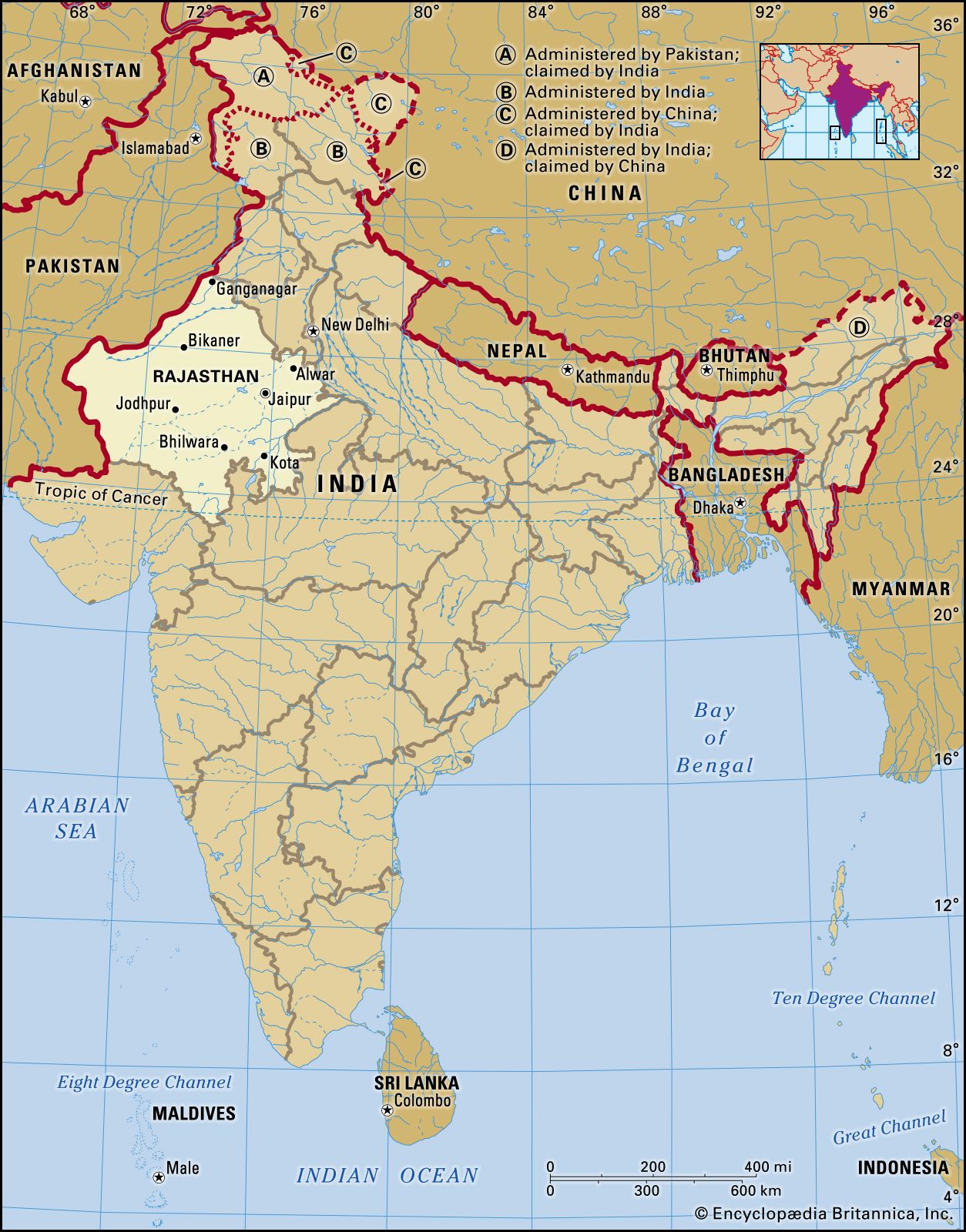A Timeline Of Political Instability In The Indian State Of Rajasthan
A timeline of political instability in the Indian state of Rajasthan encompasses an array of events, from historical power shifts to contemporary political upheavals. Each chapter in this timeline is a testament to the state's evolving governance and the resilience of its people.
Dec 22, 2021264 Shares12559 Views
Political instability is a recurring theme in the history of many regions, and the Indian state of Rajasthan is no exception. This article aims to delve into the tumultuous journey of Rajasthan through various political upheavals and changes, highlighting key events that have shaped its political landscape.
The Formation Of Rajasthan (1956)
Rajasthan, the largest state in India, was formed on March 30, 1956, by merging various princely states. This amalgamation was a significant political move, laying the foundation for the state's political structure. However, the diversity of cultures and interests within the newly formed state sowed the seeds for future political challenges.
The Early Years: Stability Amidst Challenges
In the initial years, Rajasthan experienced a relatively stable political environment. Various political parties emerged, contributing to a democratic framework. The dominant presence of the Indian National Congress (INC) played a crucial role in shaping the state's political dynamics during this period.
The 1980s: Emergence Of New Players
The 1980s witnessed the rise of regional parties challenging the traditional dominance of the INC. The emergence of the Bharatiya Janata Party (BJP) as a potent political force marked a shift in Rajasthan's political landscape. This diversification led to increased competition and, subsequently, a more unstable political climate.
The Mandal Commission And Political Turmoil (1990s)
The implementation of the Mandal Commission recommendations in the 1990s added a new layer to Rajasthan's political complexity. The reservation policies aimed at social justice triggered protests and unrest, contributing to political instability. The state saw a rotation of power between the INC and the BJP, reflecting the changing socio-political dynamics.
The 21st Century Coalition Politics And Power Struggles
As the 21st century unfolded, coalition politics became a prominent feature in Rajasthan. The state witnessed alliances and realignments, leading to frequent changes in government. The tug of war between the major political parties intensified, creating an environment of uncertainty and political volatility.
2018 Rajasthan Assembly Elections: A Turning Point
The year 2018 marked a turning point with the Rajasthan Assembly elections. The INC, led by Ashok Gehlot, secured victory, bringing about a change in leadership. However, the narrow margin of victory and the subsequent power struggles within the party hinted at the fragility of the political situation in the state.
Contemporary Challenges And Future Outlook
In recent times, Rajasthan continues to grapple with political challenges. Infighting within political parties, issues of governance, and social dynamics contribute to an atmosphere of uncertainty. The state's political journey serves as a reminder of the ever-evolving nature of politics and the need for adaptability in the face of challenges.
Conclusion
The timeline of political instability in the Indian state of Rajasthan reflects a complex interplay of historical, social, and political factors. From its formation in 1956 to the present day, the state has navigated through various phases of stability and turmoil. Understanding this timeline provides valuable insights into the intricate dynamics that shape the political landscape of one of India's most significant states.
Jump to
The Formation Of Rajasthan (1956)
The Early Years: Stability Amidst Challenges
The 1980s: Emergence Of New Players
The Mandal Commission And Political Turmoil (1990s)
The 21st Century Coalition Politics And Power Struggles
2018 Rajasthan Assembly Elections: A Turning Point
Contemporary Challenges And Future Outlook
Conclusion
Latest Articles
Popular Articles
